Visit Fukuoka once and you’ll soon understand why the city ranks highly for quality of life. Compact, young and convenient, Fukuoka also boasts the fastest-growing population in Japan – plus it’s the jumping-off point for exploring the diverse southern island of Kyushu. Add to that the tasty ramen, shogun-era castles and steamy onsen, and you’ll see why Fukuoka and Kyushu region’s surrounding attractions deserve strong consideration for your next Japanese holiday.
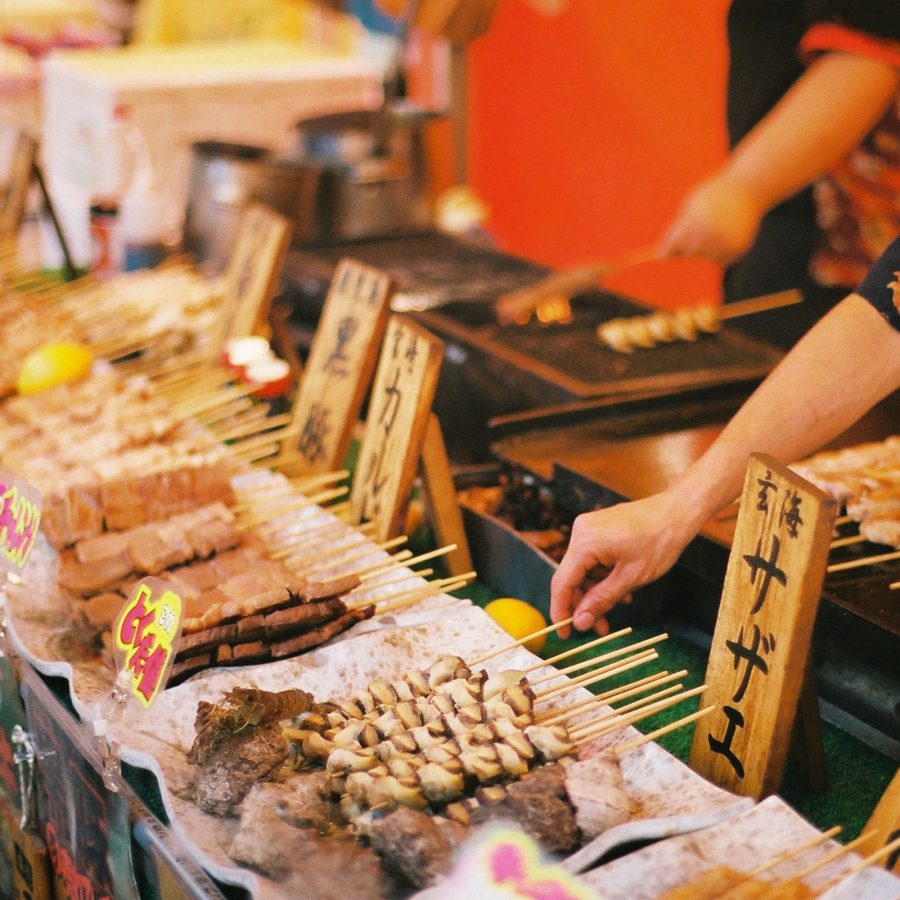
Credit: zonepress/Getty Images

Credit: Michael Yamashita/Getty Images
The best time to visit Fukuoka: Hakata Dontaku festival
With more than two million annual attendees, Hakata Dontaku is one of the most popular events of Japan’s Golden Week, a holiday usually held during late April and early May. The festival dates back to the Edo period (1603-1868), when the merchants of Fukuoka’s Hakata district organised a New Year’s parade in honour of their feudal lord. Today, residents dressed in traditional costumes – beating drums or clapping wooden spoons – still lead the historic merrymaking.
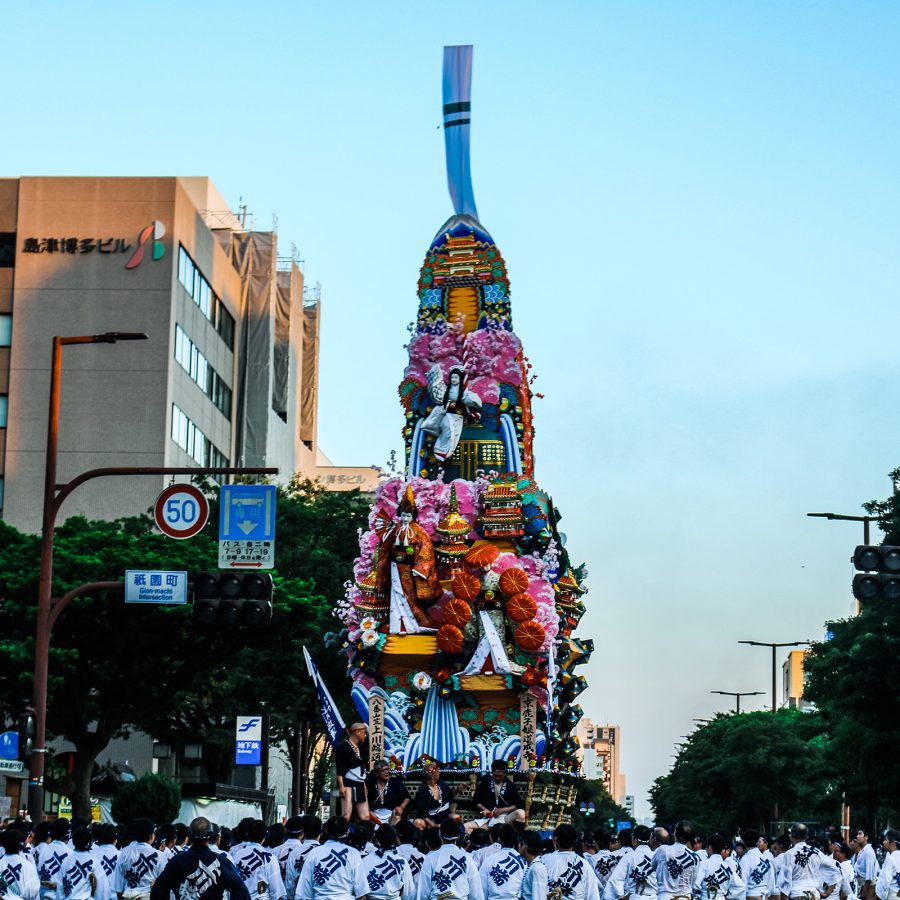
Credit: kyonntra/Getty Images
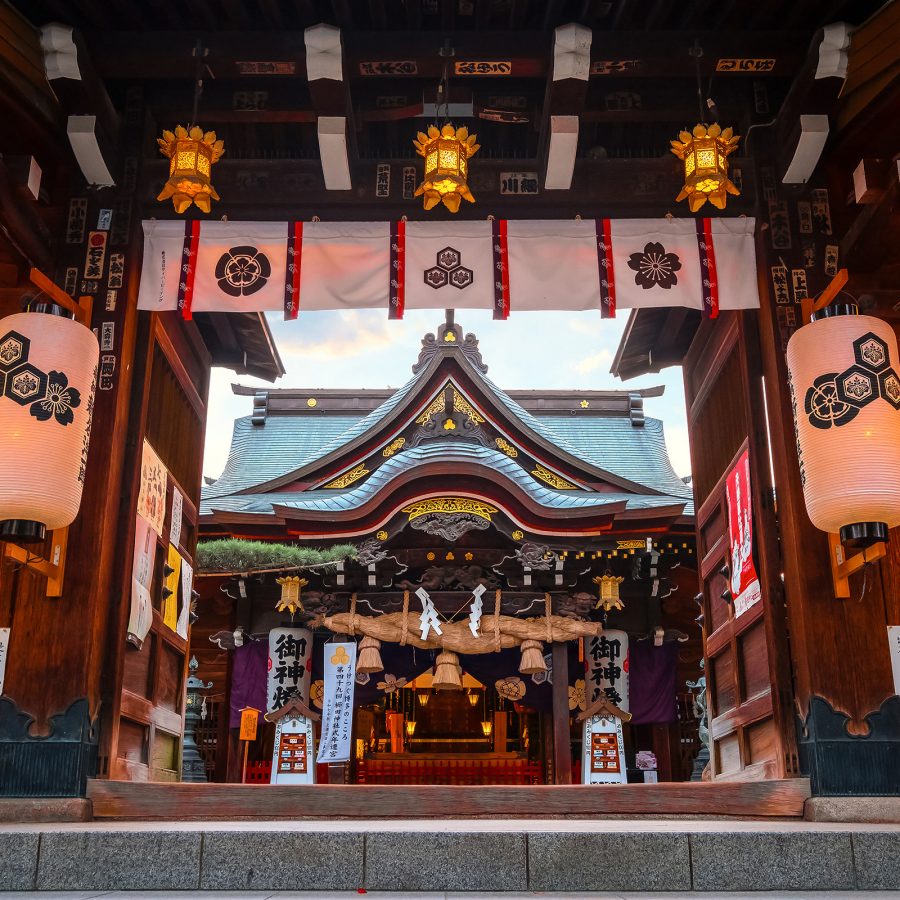
Credit: coward lion/Getty Images
Fukuoka’s top Instagram spot: Kushida Shrine
Held in the summer, the thrilling Hakata Gion Yamakasa festival offers a spiritually inspiring reason to visit Fukuoka – but even outside the festival season, you can still get a feel for it year-round at the 1,260-year-old Kushida Shrine , also located in the city’s historical Hakata district. Snap a photo in front of the Shinto shrine’s kazariyama, a 13-metre-high float decorated with fantastical scenes of historical and mythical events.

Credit: kuremo/Getty Images
Fukuoka’s must-visit neighbourhood: Daimyo
Fukuoka’s Daimyo neighbourhood has it all: from high-end shops and popular fashion chains to independent, vintage streetwear retailers, as well as some of the city’s best bars and restaurants. For fans of Japanese anime and manga, collectibles’ store Mandarake is a must.
Where to stay: Hilltop Resort Fukuoka
A postmodern onsen that feels more like a Scandi spa, at Hilltop Resort Fukuoka , it’s possible to reserve both Western- and Japanese-style rooms, complete with traditional shoji doors and tatami flooring. Both options offer pinch-yourself views across the top of Fukuoka’s skyline.
The exclusive restaurant experience: Suito Fukuoka
Dinky 12-seater Suito Fukuoka is more than a secret sushi chef’s table placing you in arm’s reach of the open kitchen. The upstairs space has been recast as a low-key cookery school, offering classes and tastings where you can deepen your appreciation of Japanese cuisine.
Day trips from Fukuoka and Kyushu’s must-see attractions
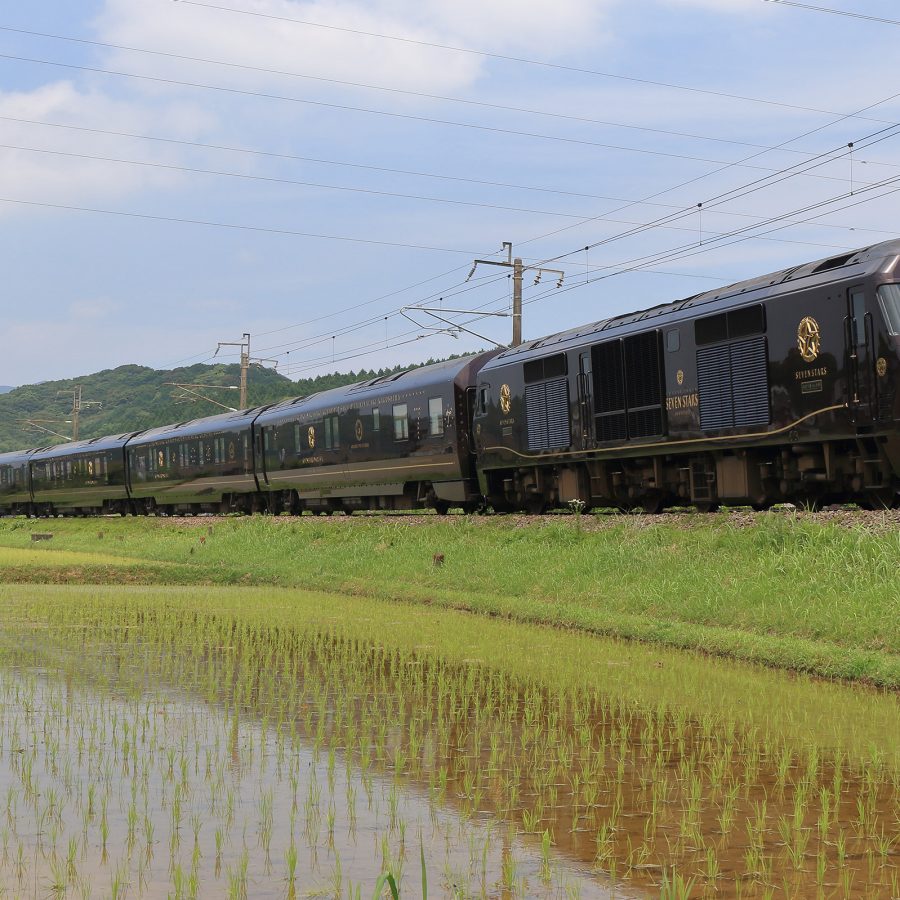
Credit: Manabu Takahashi/Getty Images
The best way to see the island: Seven Stars in Kyushu
The Seven Stars in Kyushu is to Fukuoka what the Orient Express is to Paris and Istanbul. While Japan is obsessed with bullet trains, few realise the country is equally smitten with slow ones – and this famed luxury sleeper is a treat. Launched in 2013, the locomotive follows a loop from Fukuoka to Kagoshima, before trundling up the sunset coast to Kumamoto. Inside the deluxe cabins, the standout feature is an expansive rear-facing window, parading Kyushu’s greatest hits in slow motion.
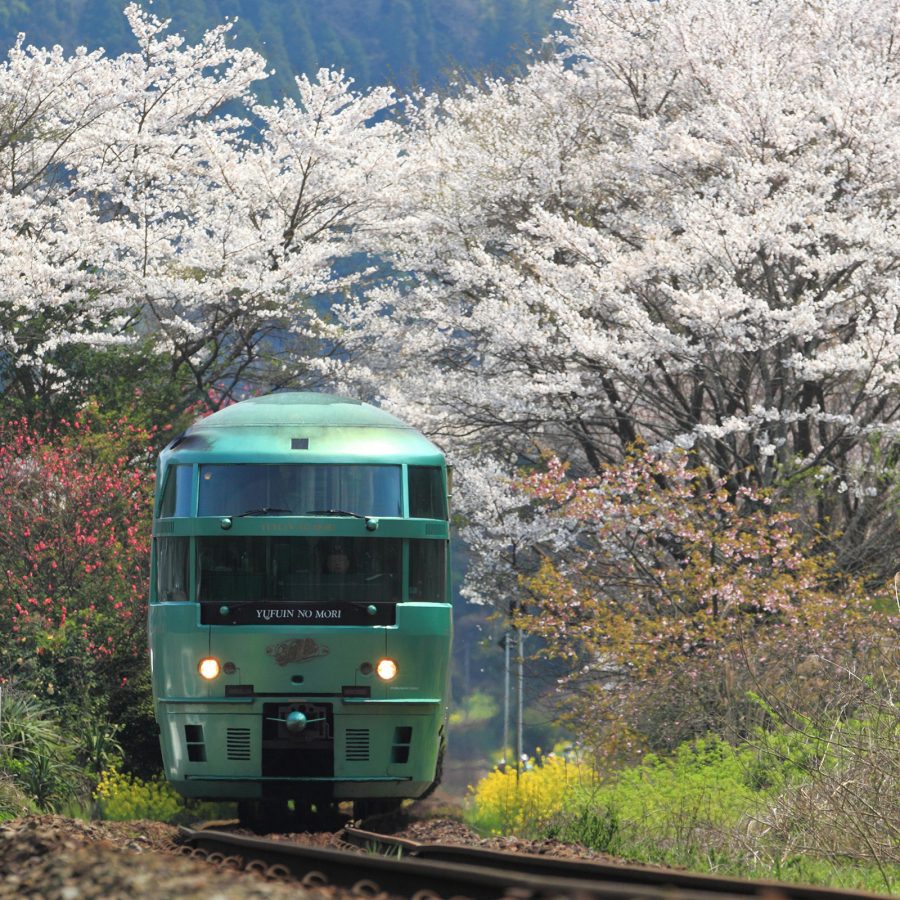
Credit: Manabu Takahashi/Getty Images
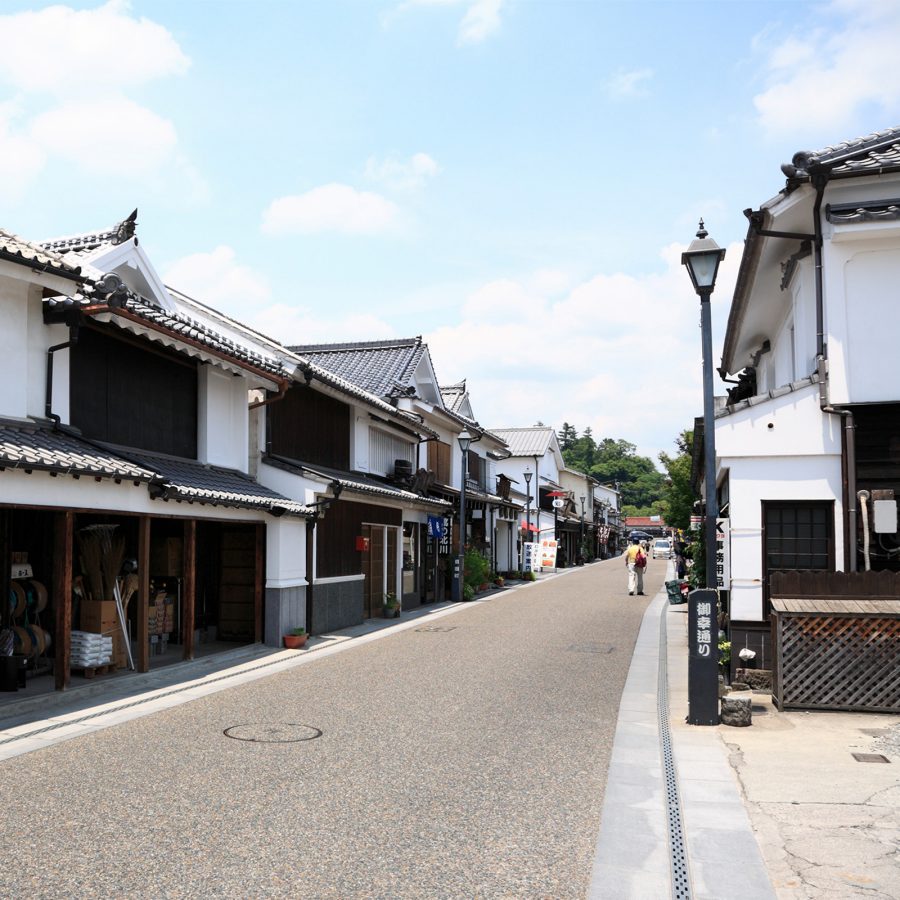
Credit: MIXA/Getty Images
Don’t miss: the period beauty of “Little Kyoto”
During the Edo period, the city of Hita in Oita prefecture came under direct control of the ruling shogun and was modelled after Kyoto and its merchant culture. Today, the city is known as Little Kyoto, and its traditional Japanese history is still palpable in the architecture of the white-walled machiya-style townhouses of Mameda. Less than two hours by train from Fukuoka, Hita makes for a perfect day trip.
Kyushu’s best onsen escape: Yamabiko Ryokan
About two hours south of Fukuoka, Kurokawa Onsen – a small town immaculately packed with timber-framed ryokans (traditional inns), hot springs and bamboo-trimmed natural pools – can get a little tense in high season. For a more tranquil experience, slip into your hot-pink yukata gown at Yamabiko Ryokan , a time-warp inn set back from the main throng; then dine on its kaiseki tasting menu of sashimi, sweetfish and wagyu.

Credit: drbgaijin/Getty Images
The top historical site to visit from Fukouka: Kumamoto Castle
The original fortifications of Kumamoto Castle date back to the 15th century. It was the scene of a pivotal siege led by Saigō Takamori in the 1877 Satsuma Rebellion, during which the tenshukaku (castle keep) burnt down. While Kumamoto Castle was damaged in the 2016 earthquake, it was reopened to the public in 2021 – though it won’t be fully restored for several years. It’s accessible by train from Fukuoka in under 80 minutes.
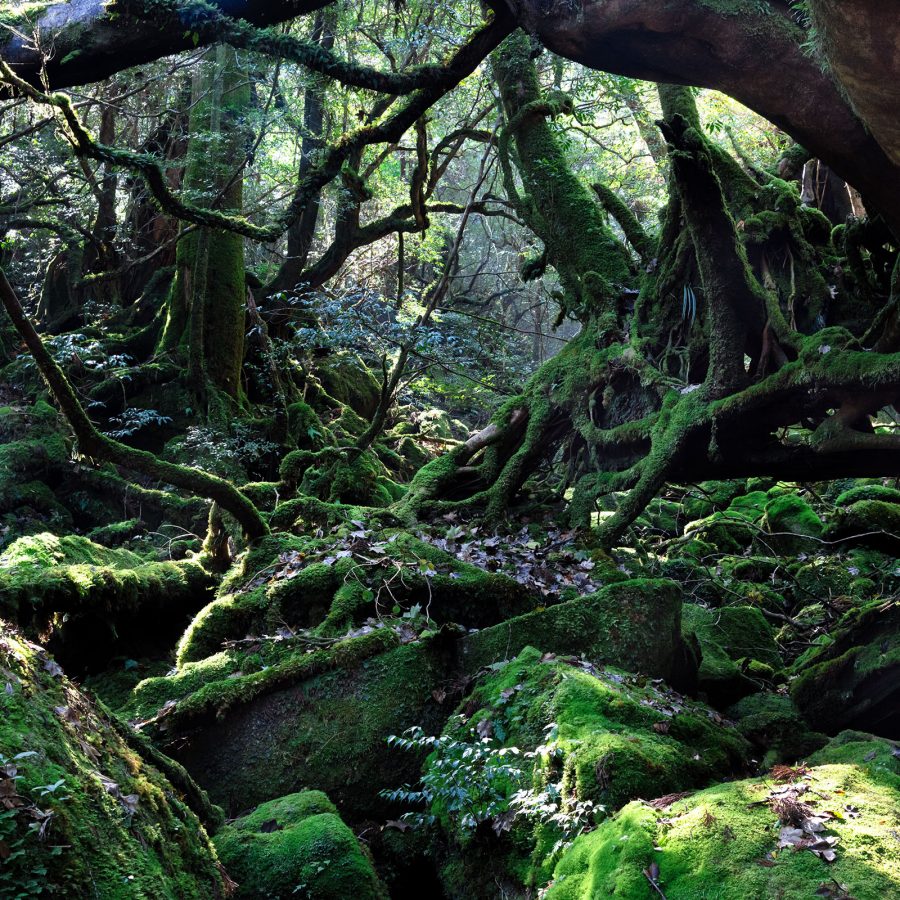
Credit: tk21hx/Getty Images
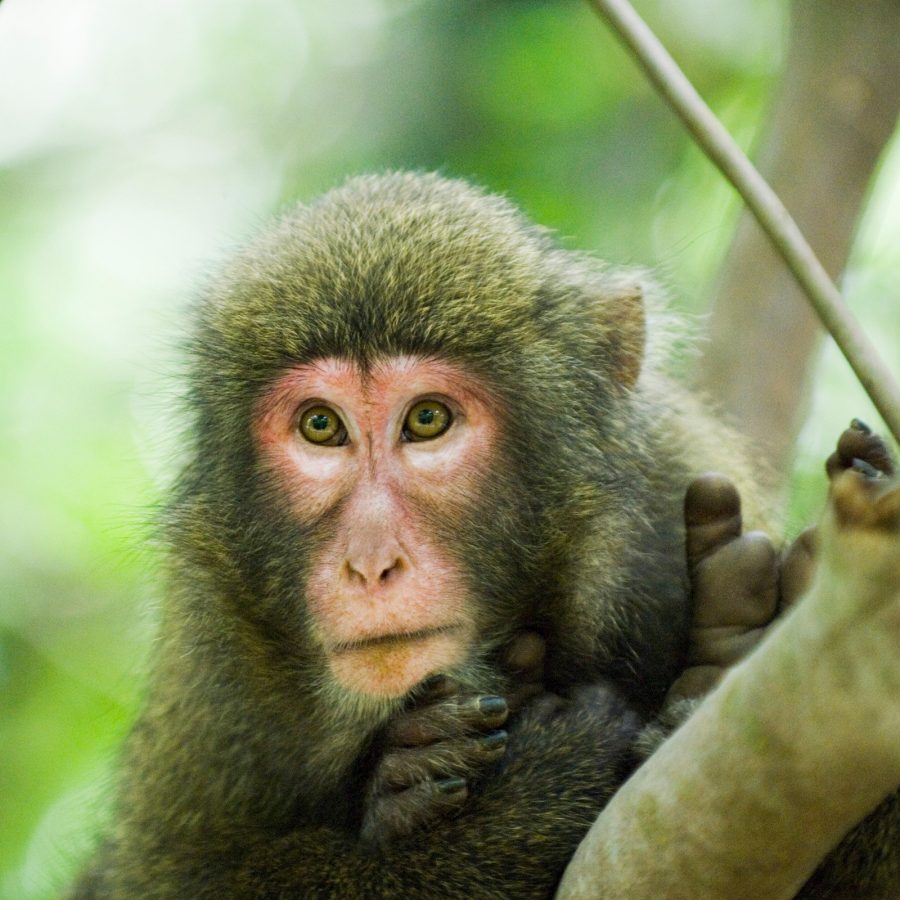
Credit: Karin Slade/Getty Images
Visit an anime-inspiring island: Yakushima
Yakushima’s haunting cedar forest inspired Studio Ghibli’s anime hit Princess Mononoke. Visitors come to be enchanted by the macaques, deer and dragonflies native to this Unesco-listed wonder. Sitting just off the southern edge of the Kyushu coast, it can be easily reached by ferry or plane from Kagoshima.
An off-the-beaten-track gem: Hirado Seaside Seto Market
Hirado Seaside Seto Market is a lively fish bazaar famous for the region’s delicious flying fish. Around 100km west along the coast from Fukuoka, the market sits opposite the small island of Hiraldo, famously where Jesuit missionaries first landed in Japan – a story retold for Hollywood in Martin Scorsese’s Silence.
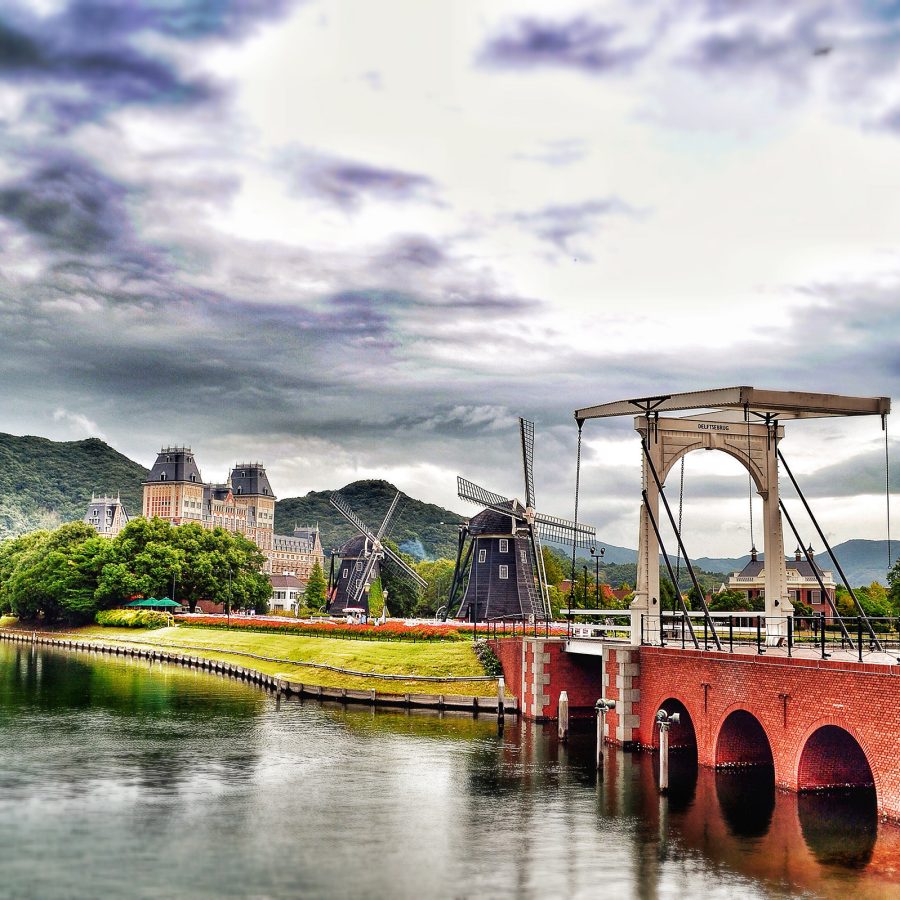
Credit: Eustacia Tan/Getty Images
Kyushu's quirky Dutch theme park: Huis Ten Bosch
Based near Sasebo, around 90 minutes’ drive from Fukuoka, Huis Ten Bosch recreates Dutch life – from fields of tulips and sail-flailing windmills to a full-size royal palace built brick-by-brick using stone from the Netherlands. Inside, repurposed merchant houses and warehouses are the absurd home of virtual-reality rollercoasters and interactive games and attractions.
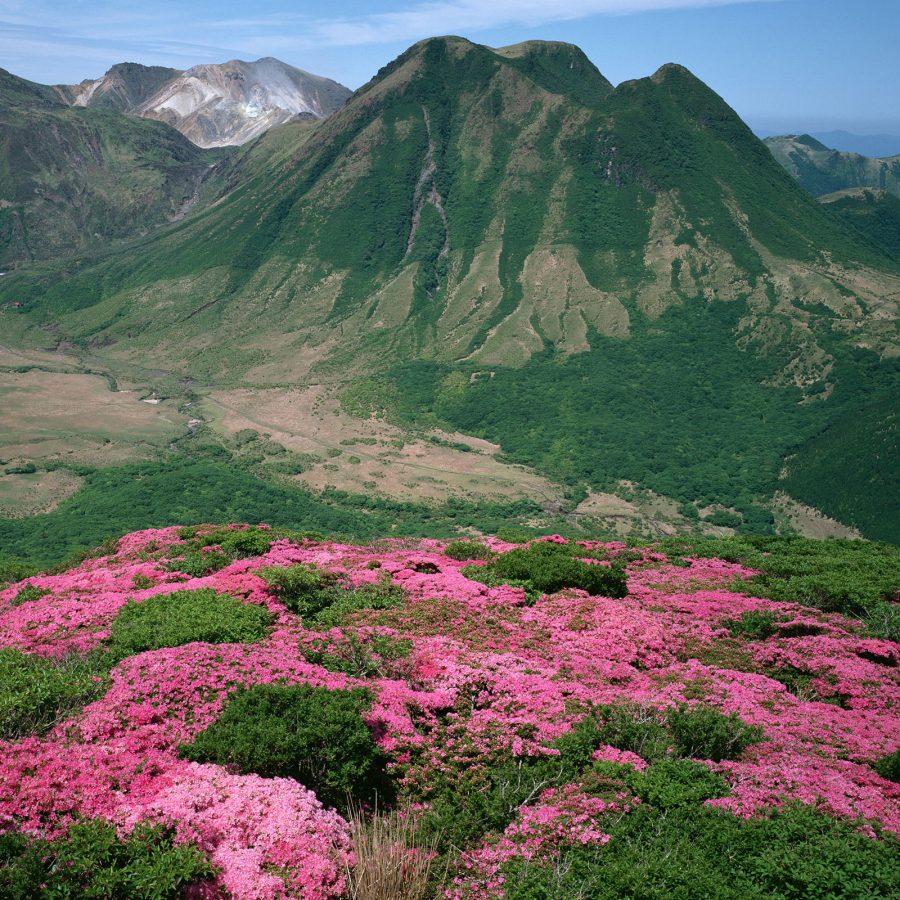
Credit: imagenavi/Getty Images
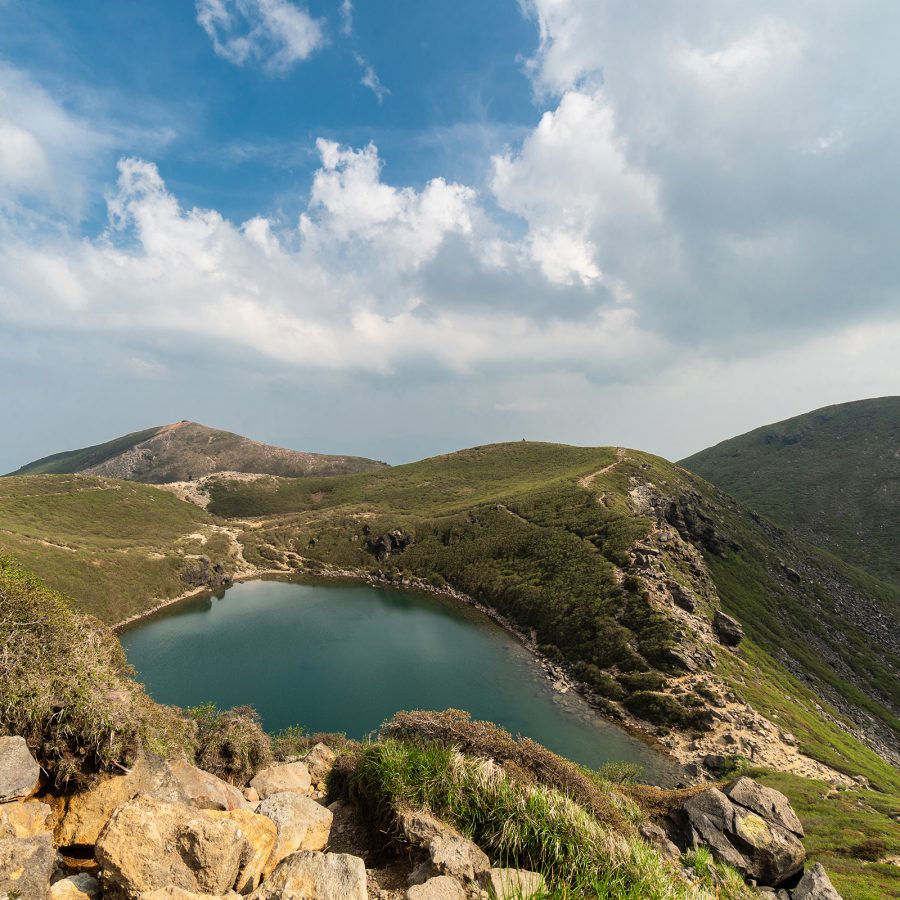
Credit: @Didier Marti/Getty Images
Kyushu’s quintessential hike: Mount Kuju
A volcanic wonderland filled with luscious greenery and steaming gas vents, Oita prefecture’s Mount Kuju is the highest peak on the island of Kyushu. While the climb itself takes a few hours, the real challenge is making the 170km journey southwest from Fukuoka, as train and bus connections to the trails are limited. Your efforts will be rewarded, though: the slopes of the 1,791-metre-high peak are ablaze in reds and pinks in June when the wild azaleas bloom, while also offering gorgeous panoramas year-round.
Fukuoka essentials
- Central Fukuoka (Hakata) is a 16-minute bus ride from the airport’s international terminal or a six-minute subway ride from the domestic terminal. A free shuttle service connects both terminals.
- The Fukuoka Tourist City Pass is a convenient one-day ticket giving unlimited rides on buses, trains and the subway.
For further tips on what’s happening in the city, visit fukuoka-now.com .
Tsuyu, or the rainy season, usually begins in early to mid-June.
This story was originally posted in December 2017, updated in September 2020 and further updated in November 2025.
More inspiration
Fukuoka travel information
- China – the Chinese Mainland, Hong Kong SAR, Macao SAR and Taiwan Region
- Hong Kong SAR - English
- Chinese Mainland (China) - English
- Taiwan, China - English
- 香港特別行政區 - 繁體中文
- 中国內地 - 简体中文
- 中國台灣 - 繁體中文
- Africa
- South Africa - English
- Asia
- Bangladesh - English
- Korea - English
- Singapore - English
- Cambodia - English
- 한국 - 한국어
- Sri Lanka - English
- India - English
- Malaysia - English
- Thailand - English
- Indonesia - English
- Maldives - English
- ประเทศไทย - ภาษาไทย
- Indonesia - Bahasa Indonesia
- Myanmar - English
- Vietnam - English
- Japan - English
- Nepal - English
- Việt Nam - tiếng Việt
- 日本 - 日本語
- Philippines - English
- Australasia
- Australia - English
- New Zealand - English